5th Grade Lesson
This week I’ve been working with fifth-grade looking at different my micro invertebrates that are currently living in the wetland. It is awesome to see the educational technology that we are able to use today for students learning. We give the students a microscope in the computer which books onto it, and they can microscopicly see and identify what kind of bugs or fish are in there. When they figured out they write down on the sheet what it is, what they eat, and draw what they look like. At the end we all asked them what kind of different Barb is, fish, or bugs I have found in their samples. It’s fascinating to see how little they knew about the amount of life that was just in a little part of water.
Water Quality Finished
Finally, I have finished my water quality data. It’s interesting to see the patterns and different numbers I always come out the specific day.
March Pictures
March Pictures
4th grade Lesson: Investigating the model
The fourth grade lesson has been my favorite lesson this year. It consist of 3 rotations that I got to engage with 2 of out the 3. In the last post, I added a picture of the model we used. The model was used for the students to observe and learn how to see signs that animals have been in certain places. Usually, animals leave scat or food prints behind, this causes us to have a clue of what kind of animals are close by in our environment. The students can pick up parts of the model as long as the put them back where they found them. I think physically touching and looking at the model gets them excited to engage in the activity.
Making the River for 4th Grade Lesson
In the fourth grade lesson, one of the stations the students are involved in are about animal makings. Mr. Spake wanted me to help create this model that the students will be observing around. I decided to sew the two pieces of fabric that he gave me to create a land and river. This really makes the model look realistic and was a much easier set-up than I thought it was going to be. 
Water Quality
Fortunately, I was able to collect samples from the Blue River today and get my water quality data. The river has been frozen for about the whole month of January so, I collected no data on that.
Bald Eagles
Eagles have been seen on the WCS property. No one know were they are nesting, but it’s interesting they’d come to our area. Land is not very rural here, but they must be traveling and decided to stop here. I did get to see one right outside the windows of the building, it was fairly close. The big white head gave it away, especially when it started to fly away with it’s wide wind spand
Observing Birds
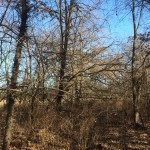
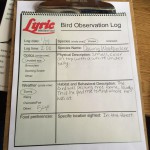
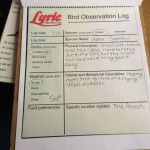 Today, I went out into the forest to observe birds. The temperature was in the lower sixties which was a great day to do this. I went out to the biggest bird feeder and sat near it for a while, still. After awhile, some birds flew down and closer as I was able to get a better look at them. I took pictures with my camera of the ones that I could get close to. When I came back, I used this “Bird Observation Log” and put what kinds of birds I saw, their description, and habitat behavior.
Today, I went out into the forest to observe birds. The temperature was in the lower sixties which was a great day to do this. I went out to the biggest bird feeder and sat near it for a while, still. After awhile, some birds flew down and closer as I was able to get a better look at them. I took pictures with my camera of the ones that I could get close to. When I came back, I used this “Bird Observation Log” and put what kinds of birds I saw, their description, and habitat behavior.
Water Quality 2015 (1)
I’m very fortunate to be able to collect data. January is a cold month which consist of the Blue River and the WSC Wetland to be froze over. After a few nice, warmer days, only the Wetland had melted just enough to get a water sample.
As it looks, with the weather being nice, the oxygen and the water has gone down along with the nitrates and phosphates. This has mad the water more clear compared to August data. I do believe if I was to collect the water at the average or below temperature during January, I would have got different numbers.

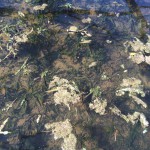
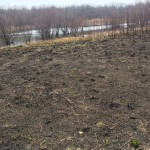
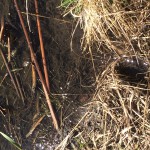



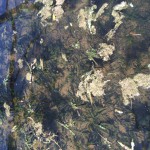
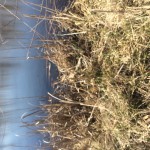
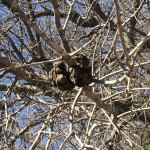
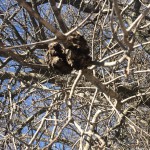
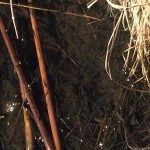
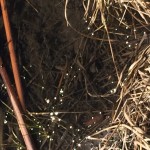
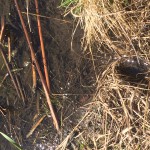
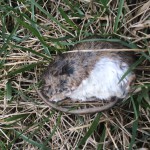
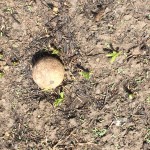
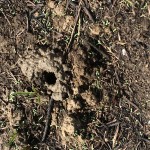
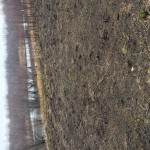
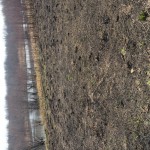
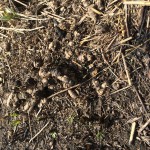
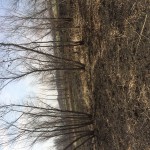
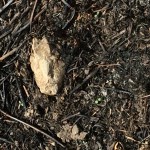
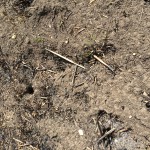
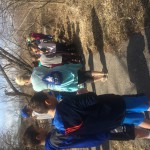
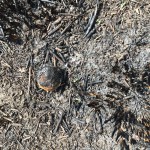
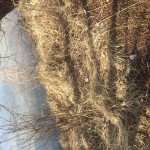
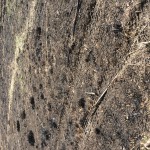
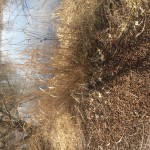
Recent Comments